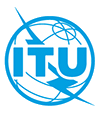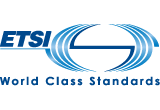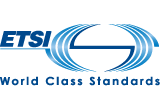OASIS Security Services (SAML) TC
The Security Assertion Markup Language (SAML), developed by the Security Services Technical Committee of OASIS, is an XML-based framework for communicating user authentication, entitlement, and attribute information. As its name suggests, SAML allows business entities to make assertions regarding the identity, attributes, and entitlements of a subject (an entity that is often a human user) to other entities, such as a partner company or another enterprise application.
If you are a manager looking for a high-level overview of SAML, the Executive Overview is recommended. If you are looking for a technical introduction to SAML concepts and capabilities, it is recommended to start with the Technical Overview. Additional technical information, including the complete set of SAML specifications, can be found in the knowledgebase at saml.xml.org.











